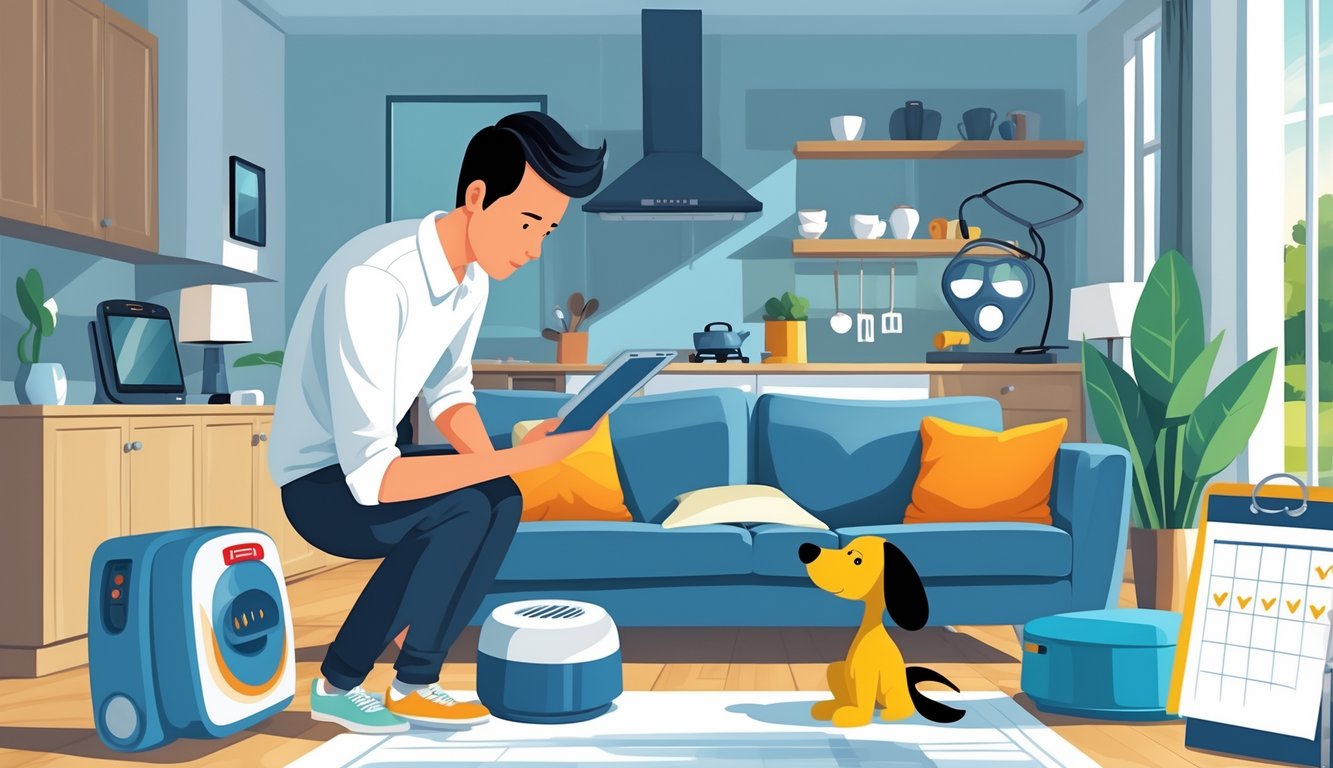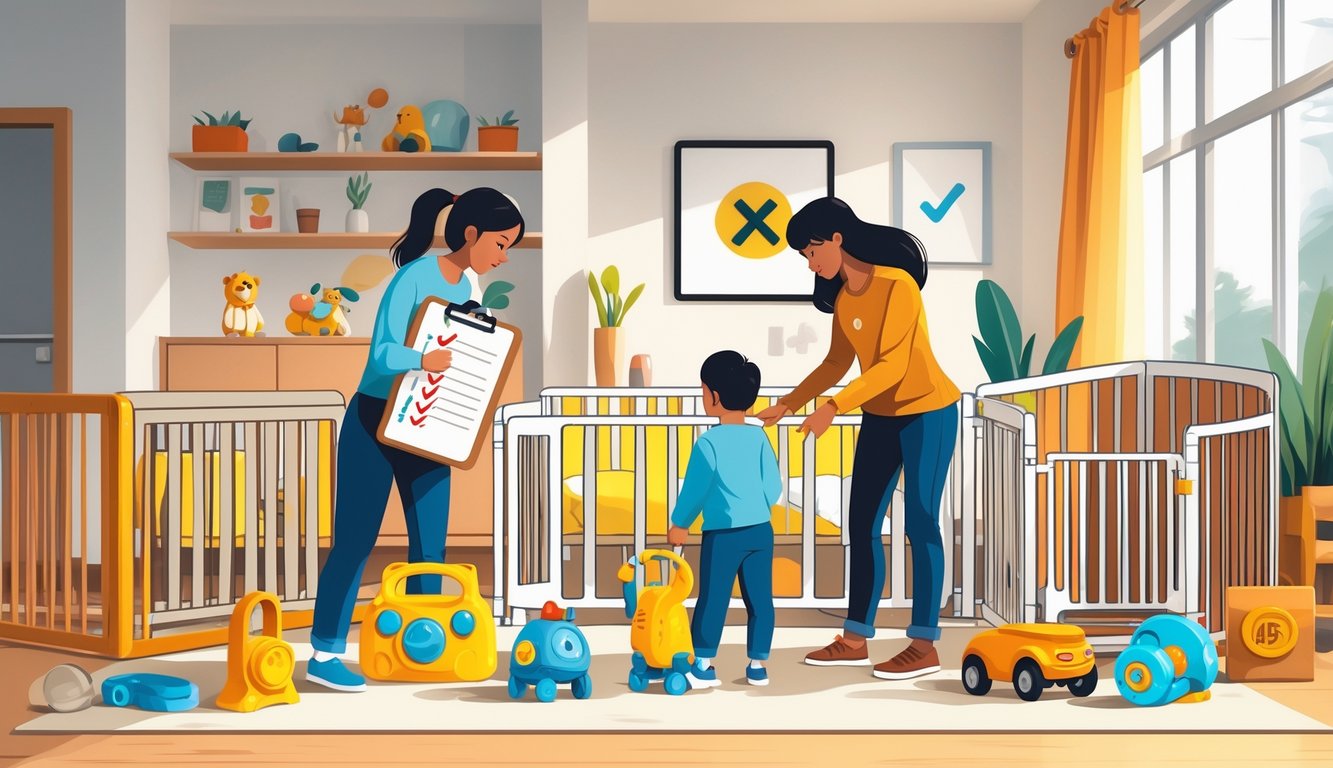
Fire Hazards in the Home
You really can’t trust what’s plugged in behind the TV or shoved under the sink. That “eco-friendly” gadget? One recall email at 2 a.m. later, and now I’m wide awake. No way to spot trouble, either—a power bank looks like any other chunk of plastic, but over a million got recalled for fire risk and I almost missed it, which is…not great.
Identifying Fire-Prone Products
So many things—dehumidifiers, space heaters, bathroom fans—just get tossed in a closet, and nobody notices weird noises or plastic smells until something melts. Sometimes, I scroll family forums just to see which brands everyone hates, and honestly, CPSC recall alerts have saved my living room. That ceiling fan in the guest bath? Basically a time bomb, all dust and loose wiring.
U.S. PIRG once said there were 323 product recalls in a year, with 550+ injuries and at least 15 deaths. Try telling your neighbor you still use that “safe” wet-dry vac after Bissell’s recall—awkward. Learning to check model numbers quickly, whether it’s a golf cart or night-light, feels like the only way to avoid extra chaos later.
Fire Hazard Recall Examples
Okay, confession: I keep this chaotic spreadsheet of recall stuff for every expensive thing I’ve bought—don’t ask why, it’s probably a control thing. The Anker PowerCore 10000? Over a million yanked because they could, uh, catch fire. A power bank! Looks harmless, just sits there, but apparently it’s a tiny anxiety machine waiting to happen.
And what’s up with all these fire hazard recalls? Outdoor kitchens, scented candles (which, come on, are supposed to chill you out, not torch your house), even golf carts. If the wick’s too chunky, it’s a flamethrower. Everyone acts like smoke detectors solve it all, but I swear, every time I dig through recall lists there’s some random control board or sketchy heater hiding out in my living room.
Not pretending I’ll catch every recall before it blows up on the news. Sometimes I see the recall letter and just… don’t open it. Why? No clue. Maybe because now even bathroom fans and golf carts get flagged. It’s exhausting.
Children’s Product Safety Alerts

Last thing I want? Redo a room and only later find out the toy bin is a recall graveyard or the bassinet is on some blacklist. Recalls for kid stuff pop up for reasons no one expects—lead in paint, weird gaps, or some sleeper that’s legal one month and illegal the next. It’s like a game you can’t win.
Toys with Safety Concerns
It’s wild how fast toy recalls vanish from headlines—like, blink and it’s old news—but the danger sticks around. My neighbor gave me a plastic dump truck from, I don’t know, 2008? I freaked, because old stuff almost never passes current safety rules. Small parts, lead, magnets that’ll wreck a kid’s insides if swallowed, button batteries hidden where you’d never look—these aren’t just stories.
Manufacturers don’t exactly chase you down if your nephew’s dino toy is a choking risk. The Consumer Product Safety Commission’s recall database is just kind of homework we all forget. Dr. Susan Grant (she’s a pediatrician, apparently) said on a podcast, “Assume any old, label-less toy is a hazard.” I stuck a note on my fridge to check Safe Kids recall list before keeping any hand-me-downs. But what about all the junk quietly selling online? No clue. There’s no good fix.
Infant Sleep Products Under Recall
This one actually keeps me up: sleep products for babies. All these plush, “innovative” loungers with thick padding? Nope. New rules say sides have to be tall enough, pads can’t be too soft or thick. The logic? Babies roll out, or worse, suffocate. CPSC recently went after portable loungers for short sides and weird gaps (CPSC recalls).
And those sleep pods all over Instagram? Unless it literally says it meets CPSC standards (rare), it’s probably banned. I check for the “Meets all current CPSC infant sleep standards” label, but honestly, who trusts a box? The rules changed during the pandemic, so what was fine last year is dangerous now. It’s a mess.
Entrapment Hazards to Watch Out For
My cousin’s kid got her arm stuck in a playpen that looked sturdy online—no joke. She got lucky. Most people don’t. Entrapment risk is real with secondhand cribs, playpens, high chairs—too-wide gaps, missing screws, loose mesh. Looks don’t matter.
I always wonder if I’m screwing up assembling baby gear, but Dr. Leona Byers (FDA) says, “Improperly assembled or outdated products cause tons of injuries.” Stores never post recall notices, and thrift shops? Forget it. Sometimes you only find out after something bad happens. Don’t trust how old something is; actually look at its parts and Google the serial number. I once found a “brand new” mini crib under recall while standing in the store—nobody there even knew. Paranoia sometimes pays off.